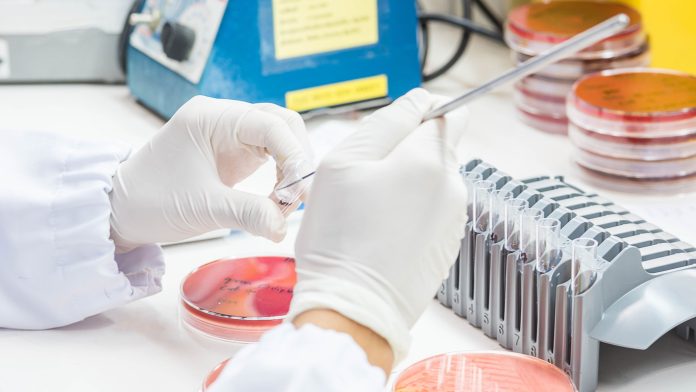Our Terms & Conditions | Our Privacy Policy
An innovative approach to combatting AMR in India
image: ©10174593_258 | iStock
Could India’s innovative strategy against antimicrobial resistance (AMR) set the blueprint for battling AMR worldwide?
Antimicrobial resistance (AMR) represents one of the most pressing global health challenges of the modern era, posing significant threats to both health systems and food safety worldwide. The impact of AMR is underscored by alarming economic projections, which forecast a 3.8% decrease in global GDP by 2050.
In 2019 alone, bacterial AMR was linked to 4.95 million deaths, highlighting the critical need for effective intervention.
The One-Health concept emphasizes the interconnectedness between humans, animals, and the environment, complicating the AMR landscape. Factors such as consumer behavior, misuse of antibiotics, animal health practices, and environmental influences further exacerbate the issue.
Challenges facing India
India grapples with significant challenges in addressing the burgeoning crisis of AMR, a situation compounded by a high burden of infectious diseases. In 2019, the nation reported 297,000 deaths related to AMR, underscoring the severity of the threat.
The unregulated antibiotic market exacerbates the issue, facilitating overuse, misuse, and self-prescription. Additionally, poor farming practices contribute to AMR through environmental exposure.
The lack of stringent regulations and awareness further complicates efforts to curb resistance. Projections indicate that by 2050, India could account for 20% of global AMR-related deaths.
Aquaculture and resistance issues
In the field of aquaculture, the escalating issue of AMR presents a further challenge, particularly in India. The sector grapples with inadequate biosecurity measures, prompting small-scale businesses to rely heavily on antibiotics as a cost-effective option. This dependency exacerbates resistance due to inaccurate dosage and indiscriminate use.
The cultural shift required for antibiotic stewardship is demanding yet necessary for sustainable practices. However, the absence of antibiotics poses significant financial risks, as disease outbreaks can lead to massive losses. This reliance underscores the crucial need for educational initiatives and policy enforcement to promote responsible antibiotic use.
India’s strategic response
A concerted approach is essential to effectively address the multifaceted challenge of AMR in India.
The government has prioritised AMR by investing in innovative solutions, establishing national action plans, and promoting responsible antibiotic usage.
Key initiatives include the National Action Plan on AMR, which emphasizes surveillance, rational use of antibiotics, and infection prevention. State-level programs complement these efforts by fostering local innovation ecosystems and supporting start-ups focused on diagnostics and therapeutics.
The establishment of innovation hubs, such as the Bangalore Bioinnovation Centre, and the International One Health Centre in Hyderabad, underscores India’s commitment to tackling AMR.
Opportunities for innovation
Significant opportunities for innovation exist in India’s battle against AMR. Leveraging its robust innovation ecosystem, India can harness advancements in diagnostics, therapeutics, and preventive measures.
Developing point-of-care diagnostics is essential for timely infection identification, minimising unnecessary antibiotic use. Vaccines offer another avenue to reduce the incidence of AMR by preventing infections.
Additionally, phage technology represents a promising alternative to traditional antibiotics, targeting specific bacterial pathogens without fostering resistance.
A global solution to AMR?
Collaborative efforts with international partners, such as UK organisations, can enhance these initiatives.
India’s strategic response is garnering attention as it seeks to balance public health imperatives with economic growth. As the challenges of AMR continue to mount globally, India’s efforts raise questions about the potential for local solutions to make a global impact. Could India’s model serve as a blueprint for other nations facing similar threats?
Images are for reference only.Images and contents gathered automatic from google or 3rd party sources.All rights on the images and contents are with their legal original owners.



Comments are closed.